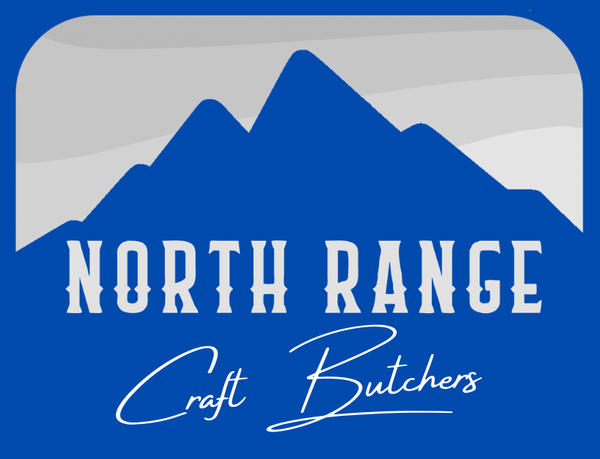
The Sorcery of Braising
When I was a kid, I would be riding home from a friend’s house as the street lights came on. The air getting colder and the smell of chimney smoke in the air, I wanted comfort food. Moms pot roast, some beef short ribs or maybe even a lamb shank if I was lucky. What do they all have in common? They are all braised low and slow in the oven.

Oh, what a magical science braising is.
It takes the cheap and tough yet flavourful cuts of meats and makes them into something mouth watering and amazing, a meal fit for kings. Adding the meats What exactly is braising you ask?
Braising defined by Oxford Dictionary is “a combination cooking method that uses both wet and dry heats. Typically, the food is first browned at a high temperature then simmered in a covered pot in cooking liquid”. This basically means that you get the best of dry and moist heat cooking methods, utilizing the wonderful brown crust of the dry heat with the tenderness of the moist heat. Braising is comfort food. Its belly warming, hearty, flavourful food. Its what keeps you warm on those cold winter nights when you’ve been out all day in the snow. Brazing is food sorcery that I’m going to teach you about.
How do you know what to braise?
A good rule of thumb is that the tougher a piece of meat is, the more of that beefy flavour you will have and that lends itself to braising. A tougher muscle has been worked more, developed more muscle tissue and in return yields that pot roast beef flavor that we all know and love. Your grilling cuts like tenderloin, striploin and ribeye would make poor braised meats but work excellent when thrown on a BBQ. What you want is hips, legs and shoulders. Pork shoulder, or butt, is a prime example making amazing pulled pork when braised. Chuck is another fantastic cut which, just saying, is carried by North Range Craft Butchers in the form of chuck short ribs (check out the blog on short ribs featuring Chef D!). If you don’t know what you should be braising, ask your local butcher for some advice or google it and see what recipes come up. Now we know what to braise, how do we do it?
To braise something, you need to follow some specific steps.
First, season the meat with salt and pepper and sear it in a hot pan with a small amount of fat. You don’t need to cook it, you just need to brown it. Remember the Maillard Reaction from the blog on pan searing? That’s what we’re going for here. We want to turn those proteins and sugars in the meat into a beautiful brown crust loaded with flavour. Remove the meat from the pan and let it rest. Next, we “deglaze” the pan. It sounds all fancy but all you’re doing is using some wine or beef stock to help you scrape the little brown bits off the pan, saving the flavour for the sauce. After that, add some “mirepoix” (carrots, onions and celery, all chopped up) and get those nice and brown to combine with them. Then put the meat back in a pot with some braising liquid (such as beef stock) to partially cover the meat, roughly half-way, add some aromatics like fresh herbs, cover it and let it go in the oven low and slow. Braising usually takes 3-6 hours and you want your temperature around 300°F. I won’t go into a full recipe here but that’s the basic idea. When its done cooking and the meat is falling apart, strain and reduce the braising liquid into a sauce. At its core, all your doing is building up a flavour base with the sear, mirepoix, stock and herbs, letting time and heat do the work for you.
That’s braising at its most basic. Now go play in your kitchens and have fun!
